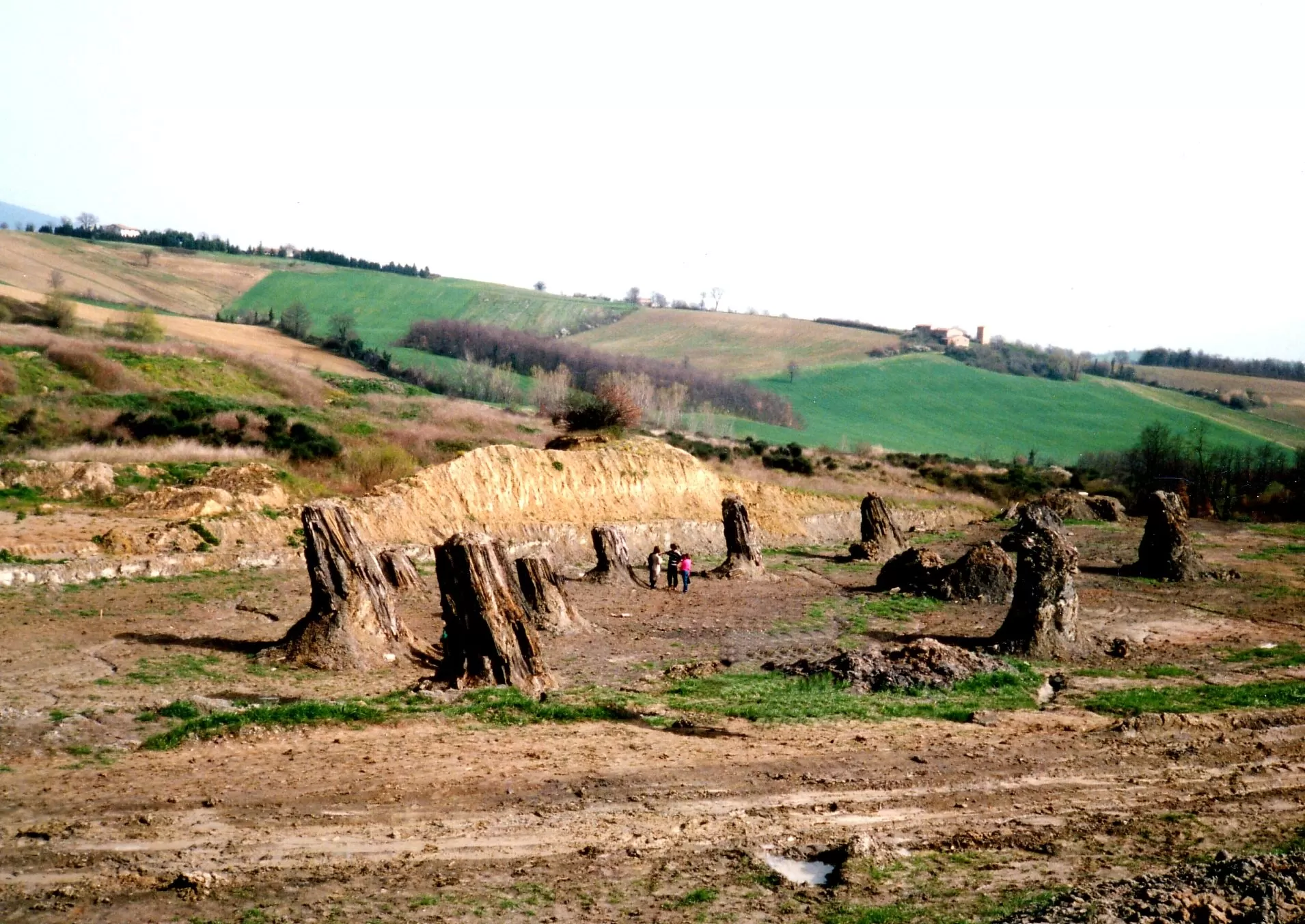
Natural analogues for a deep geological repository – nature shows us how it is done
The life span of a human is too short to witness many geological processes as they often evolve far more slowly. Scientists can replace the lack of direct observation by drawing conclusions from so-called natural analogues. They study and interpret phenomena that occur in nature.
Nagra uses safety analyses to assess the long-term safety of a deep geological repository for radioactive waste. To this end, it is necessary to gain comprehensive knowledge of the behaviour of the repository system from experiments and studies. We investigate processes and situations that occur in the surroundings of a repository, also using examples from nature. As opposed to short-term laboratory experiments, this allows us to observe processes and phenomena that evolved over many thousands of years.
Natural analogues can be found for many components of a deep geological repository such as barriers. There are also examples of natural analogues in nature (see natural reactors) that provide us with information for the entire deep geological repository.
Barriers prevent and delay the release of radioactive substances (radionuclides) from a repository.
High-level waste will be enclosed by engineered and natural safety barriers. To this end, Nagra foresees using different materials such as glass, metals and clays. Natural deposits and archaeological findings deliver import insight into the long-term behaviour of these materials.
- Glass
- Metal
- Clay
Glass possesses a beneficial amorphous structure
Glass has an amorphous structure, which means that its components are arranged irregularly. Glass fractures into uneven, shell-like fragments. A crystal, by contrast, generally breaks along flat surfaces. Volcanic glass (obsidian), consisting of amorphous quartz, can be found in nature. Its chemical composition has remained unchanged over millions of years. Near Senzeilles in Belgium, minute glass pearls, which formed when a meteor struck 367 million years ago, were discovered in a clay-based rock. Due to their minute size, they should have dissolved since then. However, safely enclosed in the clay, the glass pearls show no signs of alteration.
Due to its properties, glass forms the innermost engineered barrier in a deep geological repository for high-level waste. Radioactive elements are embedded in a glass matrix because it does not corrode easily. These substances remain safely enclosed over a long time period.
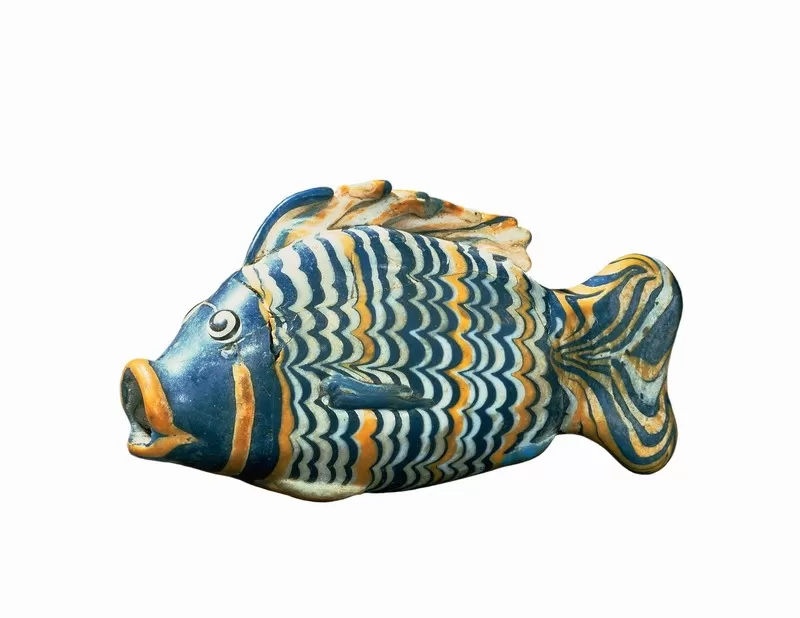
Protective layer of metal rust
Steel is an iron alloy with a low carbon content, which slows down the corrosion process. When iron comes into contact with oxygen-rich water, it rusts at or close to the surface. However, the resulting layer of rust forms a protective layer for the underlying metal, which slows down this corrosion process.
Nagra encloses the high-level waste and spent fuel assemblies in thick-walled disposal canisters made of carbon steel before their disposal in a deep geological repository. Archaeological findings of metal artefacts help scientists evaluate the lifetime of these canisters. The production of steel has been known for 2700 years, while iron has been used for 3500 years. Many iron artefacts have been found dating back to the Roman Period.
Roman long-term experiment
In the year 87 AD, Roman soldiers buried boxes full of iron nails in Inchtuthil (Scotland) four metres below ground to prevent the enemy from getting their hands on this valuable metal. The topmost nails are strongly corroded and formed a solid layer of rust that effectively protected the nails lying beneath.
In comparison, the high-level waste will not come into contact with the rock’s moisture until the thick-walled steel disposal canisters (minimum thickness 15 centimetres) have fully corroded. This is not expected to occur for at least 10 000 years, and it is only then that the radioactive substances could be released through water. Most of the radioactivity of these substances will have decayed by then. The bentonite backfill in the drifts and the surrounding rock further contribute to the safe enclosure of the waste.
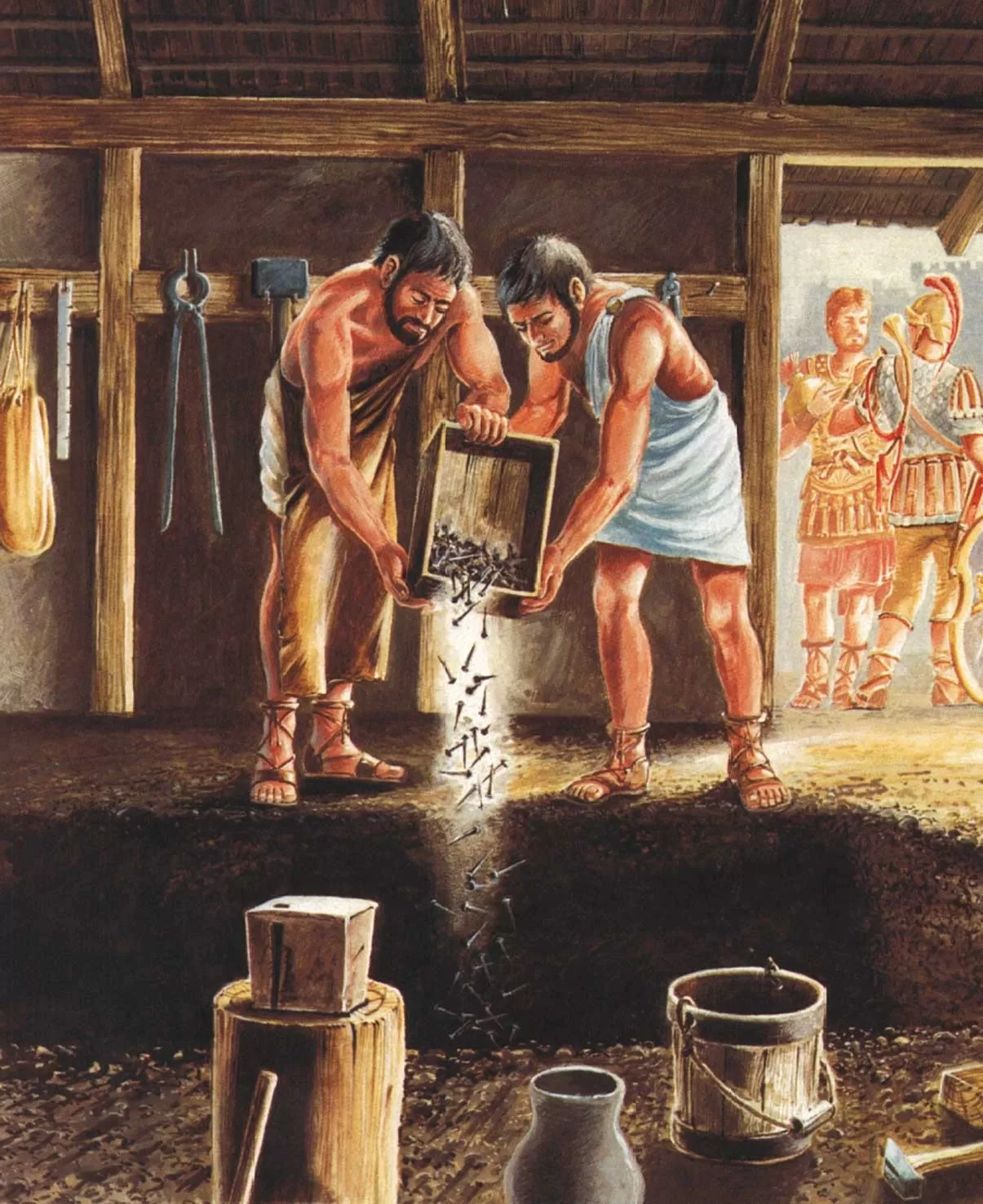
Clay swells and seals
The backfill material in the emplacement drifts has to keep infiltrating water away from the disposal canisters and prevent the potential release of radionuclides. Bentonite mainly consists of clay minerals and fulfils both of these requirements. It can bind a lot of water, which causes it to swell, and it can also bind and retain radioactive substances over a long time period. For this reason, Nagra uses swelling bentonite to backfill all voids surrounding the disposal canisters in the emplacement drifts of a repository.

Photo: © 2010CIAT / NeilPalmer CC BY-SA 2.0
Below ground, clay rock serves as natural barrier
The repository will be constructed in clay-rich rock such as the Opalinus Clay. Rock formations that consist primarily of clay are characterised by excellent isolation and sealing properties. As mentioned above, they also possess the ability to bind water and dissolved substances over geological timescales. At the surface, clays are soft and plastic, but at greater depth, they form solid rock. Through their ability to retain and bind many harmful substances, clays act in a sense as a brake.
The Opalinus Clay is 173 million years old and contains sea water that has been enclosed in microscopic pores, rendering it practically immobile. This pore water still contains five to twenty grams of dissolved salts per litre of sea water. As these components of sea water have been contained in the Opalinus Clay over many millions of years, researchers assume that the properties of the rock will not substantially change over the next few 100 000 years. Therefore, it is suitable as a host rock for a deep geological repository.
Opalinus Clay also preserves fossils
In the Benken borehole, this very well preserved ammonite of the “Leioceras opalinum” species was discovered. The clay rock protected and preserved it from external impacts. The ammonite was named after the opalescent sheen of its shell that has remained unchanged for a period of around 173 million years.
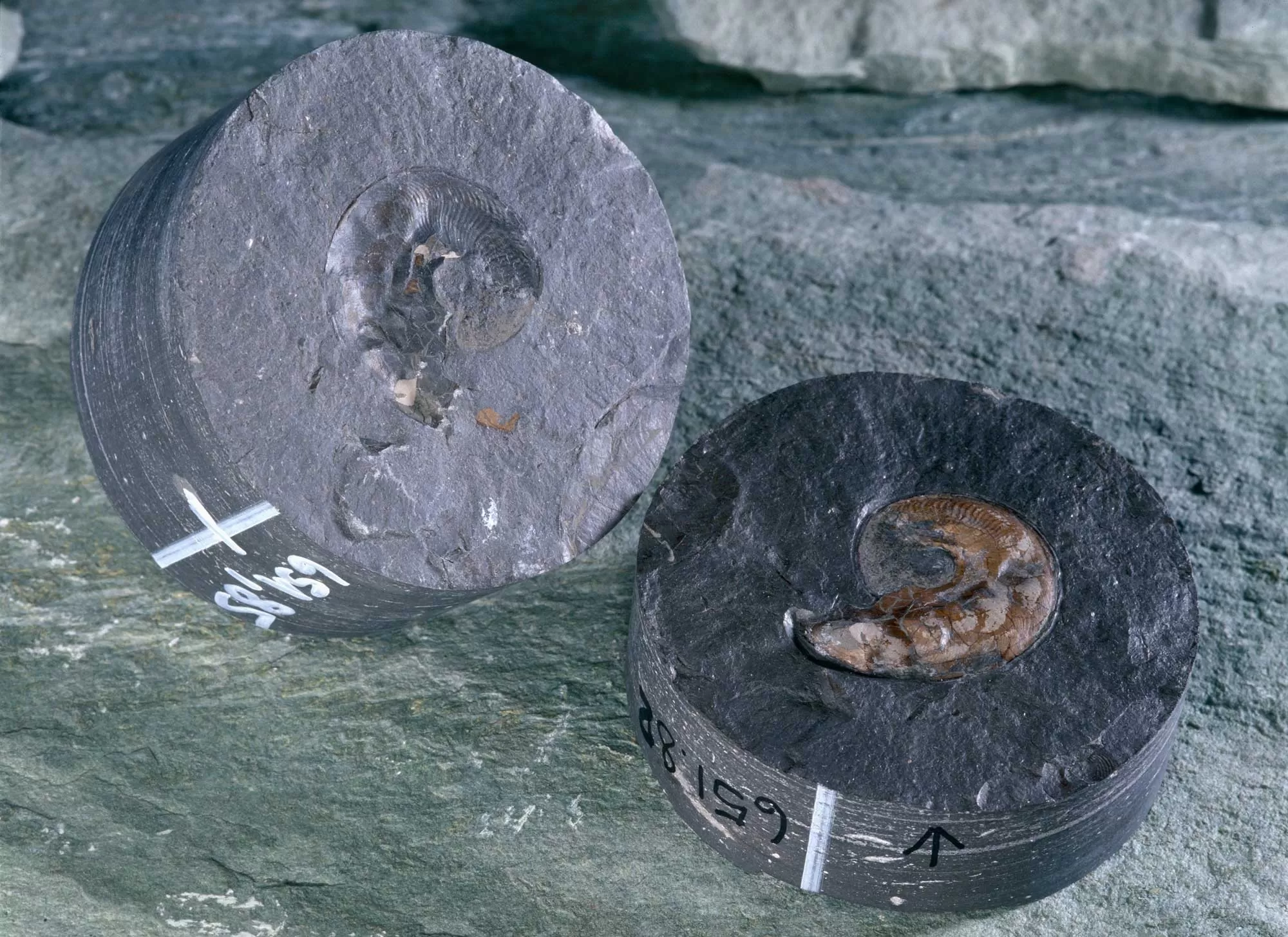
Natural reactor enclosed in clay-rich rock
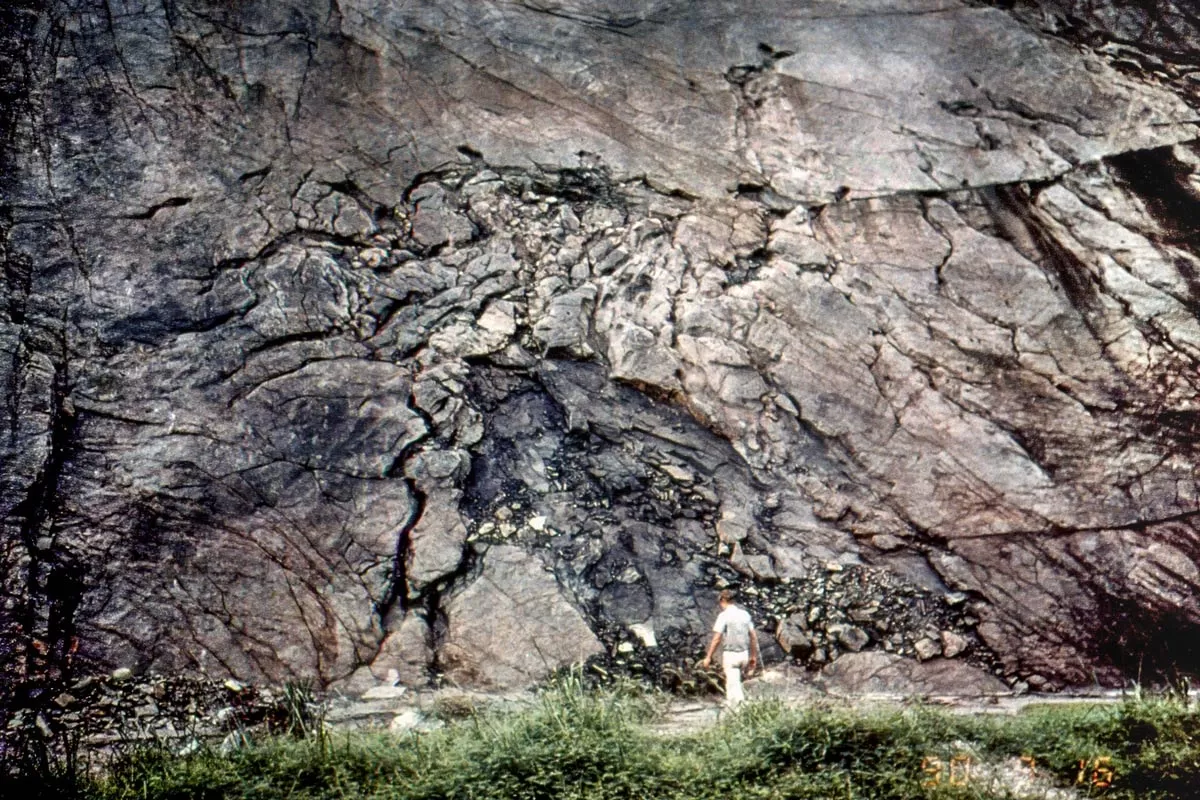
About two billion years ago, nuclear reactors were created naturally in a West African uranium ore deposit in Oklo (Gabon).
Uranium-235 (at that time, constituting around 3% of the natural proportion of uranium ore) initiated a self-perpetuating chain reaction that was moderated by water in the fissures in the uranium rock. This resulted in the generation of several tonnes of high-level waste (fission products) and plutonium that remained enclosed in the clay rock.
Nature has created a natural nuclear reactor and a functioning “deep geological repository for high-level waste” in Oklo. Since then, the radioactive substances have barely moved from where they were produced, even in the absence of optimised geological conditions in undisturbed Opalinus Clay and without engineered safety barriers such as bentonite, as are foreseen for a deep geological repository in Switzerland.
Cover photo: Fossil forest of Dunarobba, Italy, Wikipedia Commons, Cantalamessa, CC BY-SA 3.0